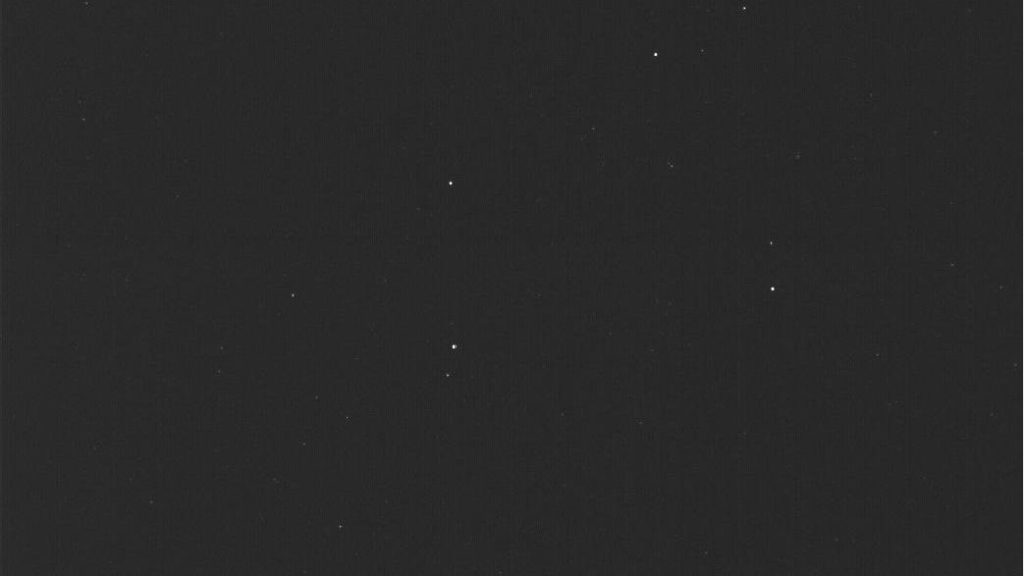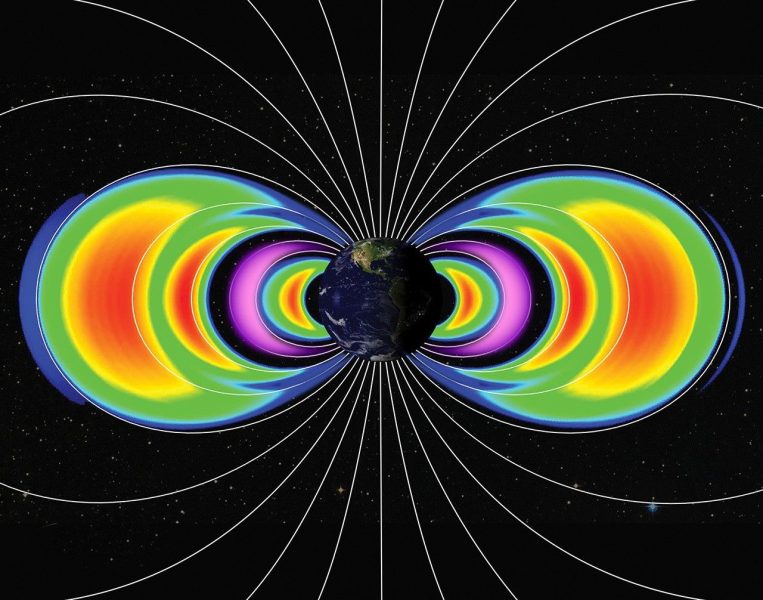NASA’s Europa Clipper snaps its 1st starry image en route to Jupiter’s icy moon – Space.com

No offers foundIt’s part of an effort to help the orbiter chart a path to its final destination.
When you purchase through links on our site, we may earn an affiliate commission. Here’s how it works.
This week, NASA released the first image from the Europa Clipper spacecraft’s voyage. The image is a mosaic of a star field, created from three shots the solar-powered orbiter captured in December of 2024, less than two months after it launched atop a SpaceX Falcon Heavy from the Kennedy Space Center in Florida.Stars that lie between 150 to 300 light-years away appear in the mosaic as tiny dots of light, representing roughly 0.1% of the full sky that surrounds Europa Clipper. The four brightest stars visible in the image are Alchiba, Algorab, Gienah and Kraz from the Corvus constellation.This image is associated with the spacecraft’s star map, which helps determine where it points. With such a map, the Europa Clipper will be able to orient itself for the long trek to Jupiter’s icy moon, Europa. As such, onboard are a pair of small cameras called star trackers, which capture the images for the ultimate star map mosaic.”Without knowing the spacecraft’s exact orientation, it would be impossible to precisely point science instruments at Europa to collect data, or to accurately point the antenna toward Earth for communication,” Mana Salami, a Jet Propulsion Laboratory systems engineer who works in guidance and control for Europa Clipper, said in a 2022 mission update.The star trackers — formally known as the stellar reference units — provide guidance by taking pictures of stars, and then comparing the pictures in a computer that contains a catalog of stars with known positions. This provides a frame of reference for Europa Clipper, so that it can adjust for the precise targeting needed to reach its destination, as well as transmit data back home to Earth.One most ambitious spacecraft ever created, Europa Clipper is a solar-powered robotic orbiter tasked with a vital mission to find out if the distant moon in Jupiter’s orbit could possibly support life. To this end, the spacecraft’s three main science objectives are determining the thickness of Europa’s icy outer layer and how it interacts with the ocean below; investigating Europa’s composition; and characterizing the moon’s geology.— NASA’s Europa Clipper probe deploys 1st science instruments en route to Jupiter— What’s next for NASA’s Europa Clipper? The long road to Jupiter and its moons— The Europa Clipper may only need 1 ice grain to detect life on Jupiter’s ocean moonOn its way to Jupiter’s orbit, Europa Clipper will visit Mars’ vicinity in March for a gravity assist, before it heads Earthward, and then eventually on a path to visit Europa. According to NASA, the orbiter will travel at least 1.8 billion miles (2.9 billion kilometers) before it reaches the Jovian system in April 2030.Breaking space news, the latest updates on rocket launches, skywatching events and more!Join our Space Forums to keep talking space on the latest missions, night sky and more! And if you have a news tip, correction or comment, let us know at: community@space.com.Julian Dossett is a freelance writer living in Santa Fe, New Mexico. He primarily covers the rocket industry and space exploration and, in addition to science writing, contributes travel stories to New Mexico Magazine. In 2022 and 2024, his travel writing earned IRMA Awards. Previously, he worked as a staff writer at CNET. He graduated from Texas State University in San Marcos in 2011 with a B.A. in philosophy. He owns a large collection of sci-fi pulp magazines from the 1960s.What brand of golf ball did Alan Shepard hit off the moon? The world may never knowPerseverance Mars rover finds ‘one-of-a-kind treasure’ on Red Planet’s Silver MountainPutin axes Yuri Borisov, head of Russia’s space agency
Space is part of Future US Inc, an international media group and leading digital publisher. Visit our corporate site.
©
Future US, Inc. Full 7th Floor, 130 West 42nd Street,
New York,
NY 10036.





